Meet the Instructor, Michelle Burns.
Hi, I’m Michelle! I have spent 20 years working within the fitness industry, with formal qualifications in Exercise Science, Nutrition and Pilates. Eight of these years were spent teaching Exercise Prescription at Massey University and directing the student Exercise Teaching Clinic for general populations, athletes and clients with chronic health conditions such as obesity, strokes, heart disease, multiple sclerosis and Parkinsons disease.
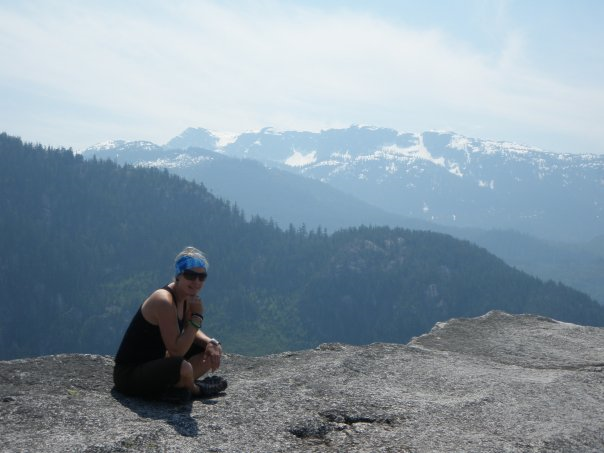
My Pilates Journey
Through my recreational exercise and work as an Exercise Physiologist, I have always been fit and physically strong. However from my early 20’s I started experiencing issues with my body alignment causing pain and discomfort that limited my ability to do the activities that I wanted. I started attending a small Pilates studio and I found the type of exercise my body needed to manage my concerns. Within a month, I was pain free and was able to continue my activities with no limitations. Through my Pilates journey, I learnt that exercises don’t have to be hard and hurt to be effective. What is important is how we move and how we breathe and this is the fundamental difference Pilates can make to our everyday life and wellbeing.
I completed my Polestar Pilates Rehabilitation Certification in 2015 and have been teaching in several studios before opening my own studio, Oncore Pilates, in Waikanae in 2021. I love Pilates and I hope I can teach you to use movement for medicine and have fun doing it.
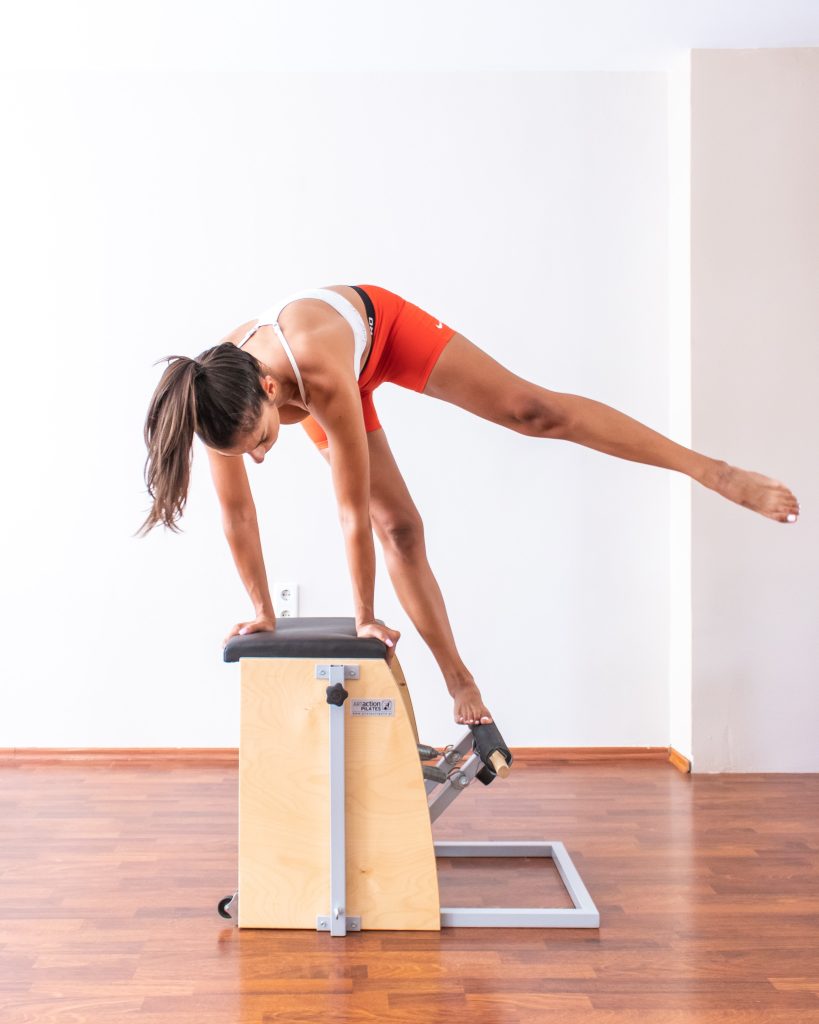
What is Pilates?
Pilates is a type of mind-body exercise that uses mat exercises as well as a variety of equipment that Joseph Pilates originally designed. Joseph Pilates believed that mental and physical health were interrelated so created a system of exercises intended to strengthen the human mind and body.
A mind-body exercise allows you to focus on the mental element of the physical movement that you are performing. This type of exercise allows you to increase the quality of movement, rather than the quantity of movement so often you may only perform 4 to 6 repetitions of one exercise. To achieve this quality, instructors deliver a lot of verbal “cues”, such as the quality and timing of breathing, proper body alignment and visualisations of how the movement should look or feel.
Why do Pilates?
Pilates teaches you good posture, body awareness, and efficient movements. It brings with it a whole host of benefits including improved breathing, core strength, flexibility, coordination and agility. It can also help alleviate back, muscle and joint pain. Regardless of your condition or age, Pilates will benefit you.
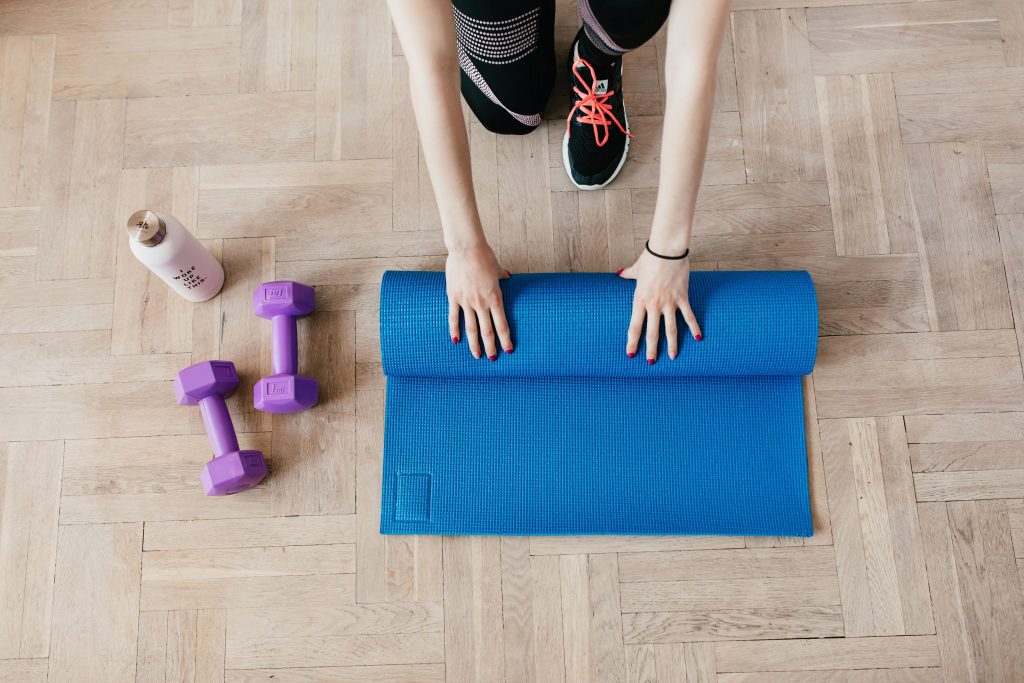
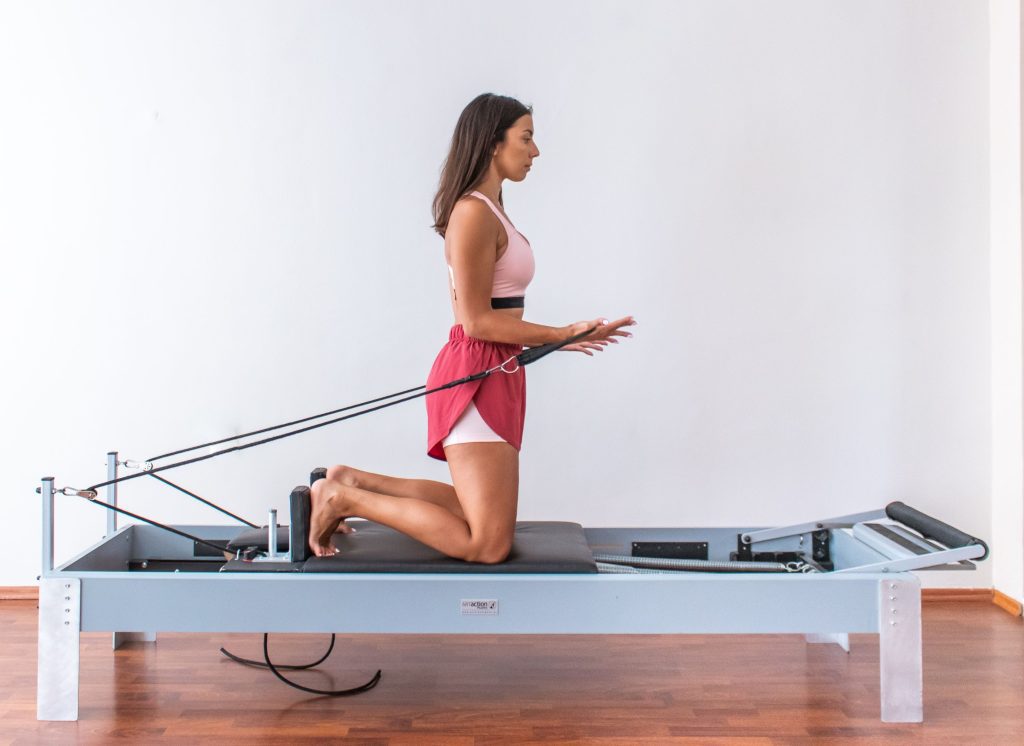
What to expect?
It is best to turn up at least 5-10 minutes before the session/class is scheduled to ensure you are ready to go when the class begins. The reformers are adjustable to suit all body sizes and you will be shown how to do this in your first class.
The instructor will cue you through the entire workout. The language used may initially be different to what you are used to, however with time and greater body awareness, you can explore how these cues can improve the way you move and emphasise different muscles or joint movements. Instructions on the correct breathing patterns is also cued. Initially many people find this difficult however with practice it does improve and becomes more intuitive.
You should leave the class feeling like you have done a full body workout and feel taller, have better posture, and reduced any joint or muscle stiffness. You shouldn’t feel any pain or significant discomfort after a class. If you do unfortunately experience this, you should discuss this with the instructor as modifications can be made to the exercises to better suit your body.
What should I wear?
Wear lightweight clothing that is fitting, yet comfortable and stretchy. It’s recommended to wear high waisted pants for best comfort during workouts. Shoes are not worn and grip socks are strongly recommended as ordinary socks can be slippery.
Move Active Grip socks can be purchased in the studio.
Avoid any clothing with metal or plastic bits (eg zips and buttons) that may be uncomfortable but can also damage the equipment. Loose clothing and jewelry may get caught in the springs or straps.
Accessories (optional)
Workout Gloves: can improve grip for exercises when you need to grip the footbar and straps.
Water Bottle: Bring a personal water bottle to manage your fluid intake.
Towel: If you sweat excessively, it is a good idea to bring a towel to keep your carriage dry. It can also be used as a head rest for greater comfort.
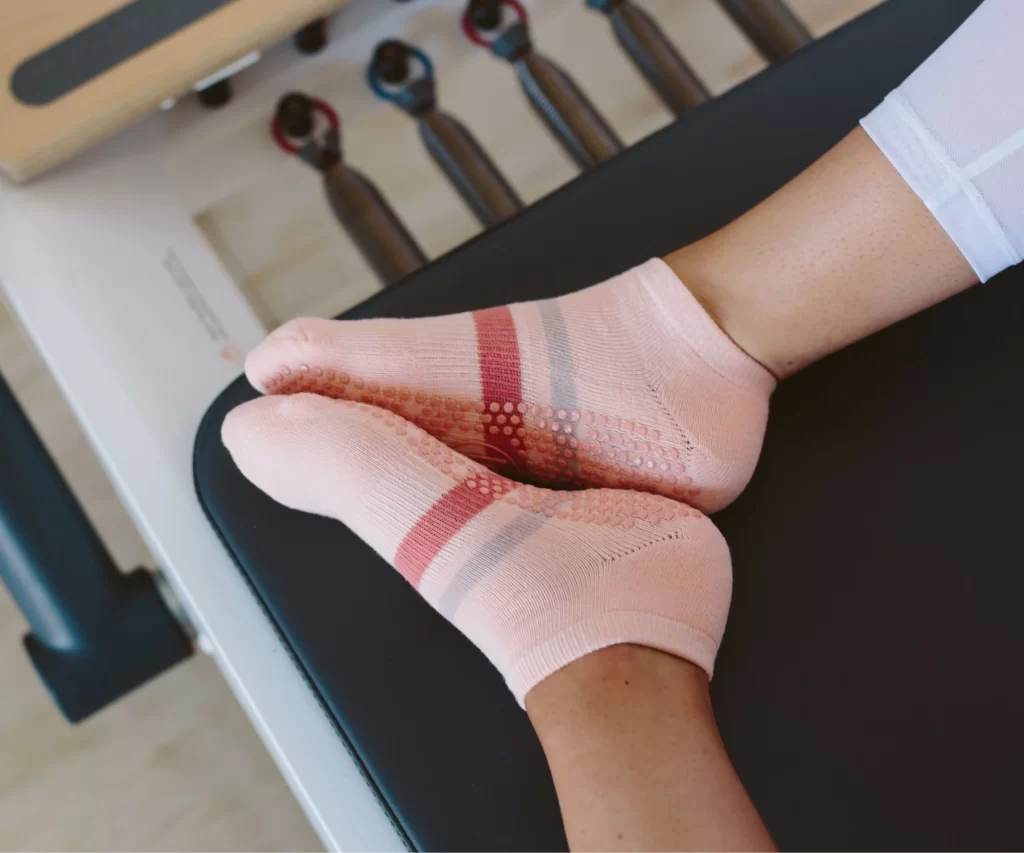
Address
At Tribe Fitness
13 Parata Street
Waikanae
Kapiti Coast
P: 021 1161 075
E: info@oncorepilates.nz
